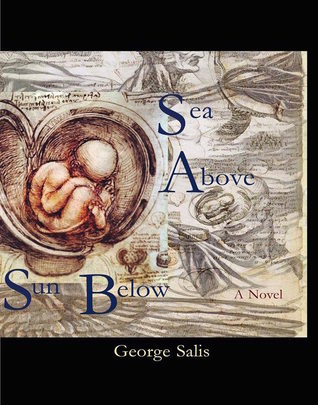 Sea Above, Sun Below by George Salis is a rich and masterful novel. It is a balanced reading experience, told from differing perspectives, chockablock with symbolism and allusion and wordplay.
Sea Above, Sun Below by George Salis is a rich and masterful novel. It is a balanced reading experience, told from differing perspectives, chockablock with symbolism and allusion and wordplay.
The descriptions of people, the universe, and abstract concepts are always lyrical and moving. The characters, though isolated in their narrative spheres from other characters, all relate in symbolic ways, interacting like entangled particles.
This is a tale about skydiving, the brave divers through the sky, and the diverse revelations they encounter on land and in the arms of God, up in the air, floating like angels, hovering above the ball and chain of their earth, which to some is an Eden, and to others, an egg, flush with history, pregnant with myth.
It is also about childhood and escape, tragedy, and the infinite potential of the future, told in convincing voices with heart and love and joy. I was enchanted by the realistic characters, the effortless flow of the evocative language, the precise word choice, effective dialogue, and seamless storytelling. The novel works on multiple levels at once, guiding the reader through layers of meaning. It does not engage in handholding, nor is it like wandering a labyrinth. Reading it is like falling—which is a metaphor the novel makes ample use of—into a magical realm. The picture widens as you proceed, and the sky behind you is full of Halley’s comets, decaying gods, and past memories discarded like ballast.
There are many brilliant moments of interstitial congruency, like the following quote: “With the advancement of technology, he knew the future, however distant, would reveal the reality of alchemy.”
Sea Above, Sun Below is literary alchemy. A magnificent novel.
Review by L.S. Popovich
L.S. Popovich is the author of Undertones and Echoes From Dust. They have always been a cat person (a person who like cats, not a cat human hybrid).
 Literary magazine The Massachusetts Review is kicking off the new decade with a special issue, the first of its kind for them. They seek new Native-authored fiction, nonfiction, and poetry for their first-ever issue with a Native focus.
Literary magazine The Massachusetts Review is kicking off the new decade with a special issue, the first of its kind for them. They seek new Native-authored fiction, nonfiction, and poetry for their first-ever issue with a Native focus.

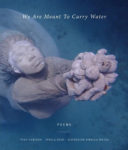
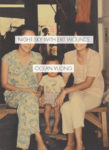

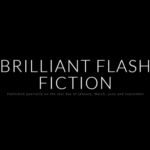

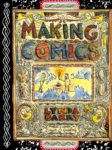
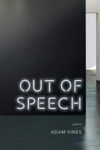

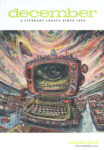 december
december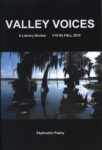

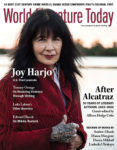
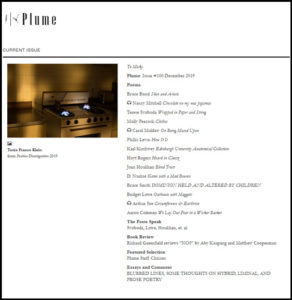
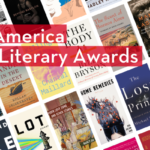

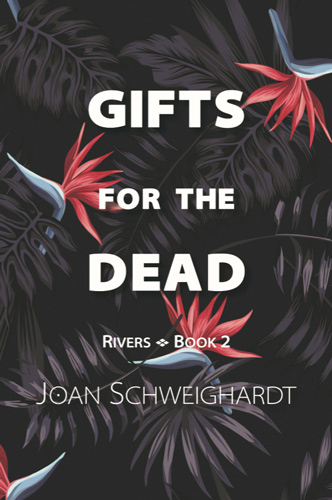 Sometimes our best is not good enough. We make mistakes. The most painful ones are those that harm a loved one. Stress and grief leave us in agony, and we play our choice repeatedly wondering if we made the right decision. We cannot let ourselves off the hook either merely because we are human.
Sometimes our best is not good enough. We make mistakes. The most painful ones are those that harm a loved one. Stress and grief leave us in agony, and we play our choice repeatedly wondering if we made the right decision. We cannot let ourselves off the hook either merely because we are human.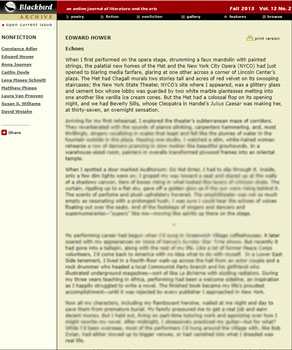 Stepping back in time to 1960s-Manhattan, author and former supernumerary actor with the New York City Opera Company (NYCO),
Stepping back in time to 1960s-Manhattan, author and former supernumerary actor with the New York City Opera Company (NYCO), 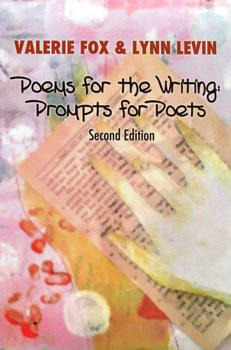 In the second edition of Poems for the Writing: Prompts for Poets (
In the second edition of Poems for the Writing: Prompts for Poets (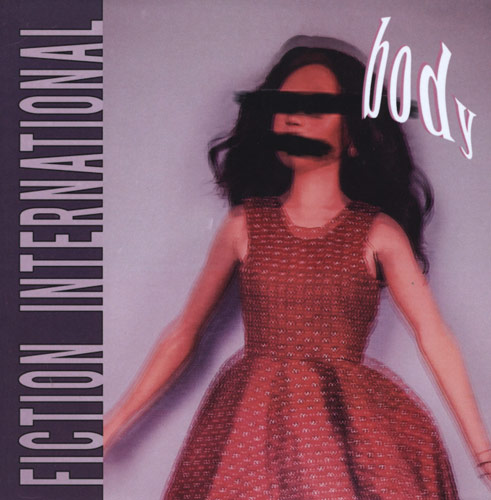 “B.K.” by Robert James Cross stands out in Issue 52 of
“B.K.” by Robert James Cross stands out in Issue 52 of 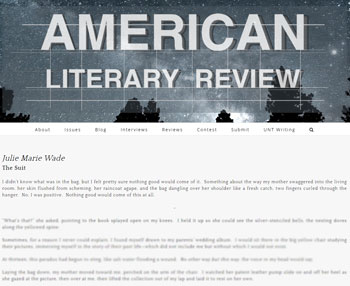 “
“ In the Fall 2019 issue of
In the Fall 2019 issue of 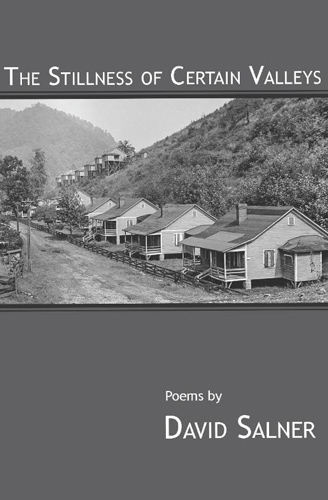 David Salner‘s
David Salner‘s 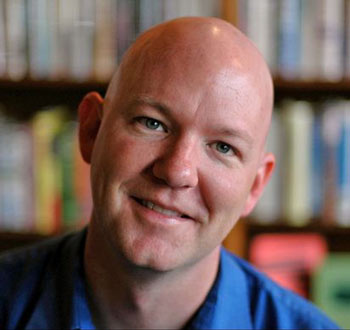 Readers can find the 2019
Readers can find the 2019 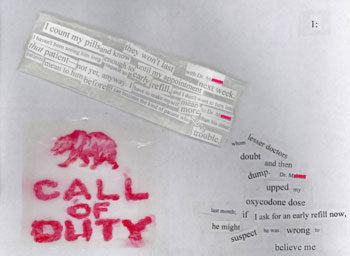 Issue 19.4 of
Issue 19.4 of 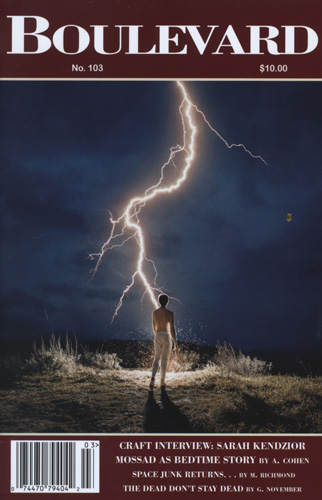 Greg November opens the Fall 2019 issue of
Greg November opens the Fall 2019 issue of 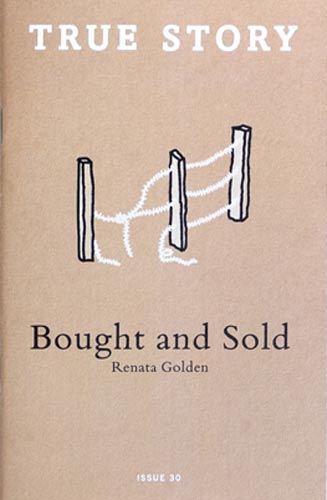 In “
In “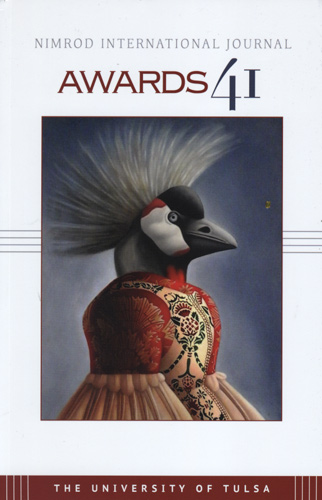 The current issue of Nimrod International Journal is entirely made up of the winners, finalists, semi-finalists, and honorable mentions of the
The current issue of Nimrod International Journal is entirely made up of the winners, finalists, semi-finalists, and honorable mentions of the 
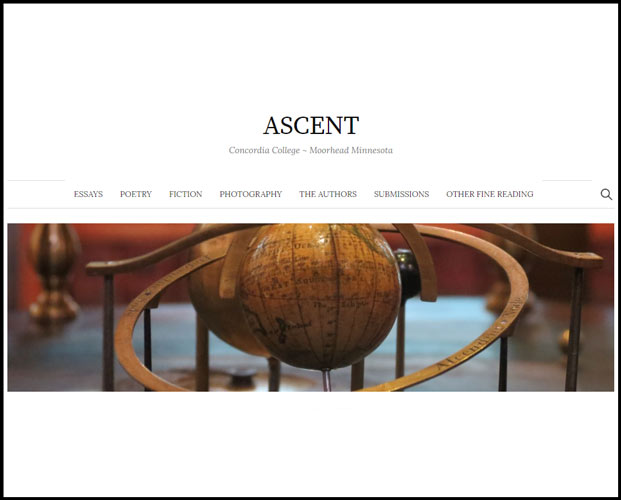 Last week Concordia College’s Ascent shared a couple pieces of exciting news.
Last week Concordia College’s Ascent shared a couple pieces of exciting news.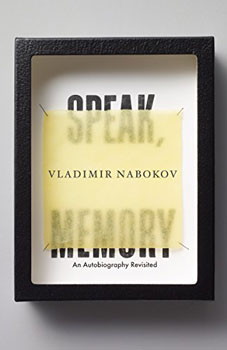 Although published in 1951, any person serious about literature would do well to read or reread Nabokov’s captivating autobiography, if not for the rapture of his complicated life, then for the beauty of his syntactical architecture. A master of form devoted to meaning, Nabokov relays the truths of a man twice removed from his home country of Russia, once by revolution and again with the rise of the iron curtain. He renders through complex but clear sentence structure the pains of diaspora and the call to home which he can never truly answer. Within this beautiful prose he also provides insight into his master works Lolita, Despair, and The Gift. He dangles before the reader a maze of sentences each providing a decadent feast for those who value—above all—the meaning-making capacity of provoking syntax.
Although published in 1951, any person serious about literature would do well to read or reread Nabokov’s captivating autobiography, if not for the rapture of his complicated life, then for the beauty of his syntactical architecture. A master of form devoted to meaning, Nabokov relays the truths of a man twice removed from his home country of Russia, once by revolution and again with the rise of the iron curtain. He renders through complex but clear sentence structure the pains of diaspora and the call to home which he can never truly answer. Within this beautiful prose he also provides insight into his master works Lolita, Despair, and The Gift. He dangles before the reader a maze of sentences each providing a decadent feast for those who value—above all—the meaning-making capacity of provoking syntax.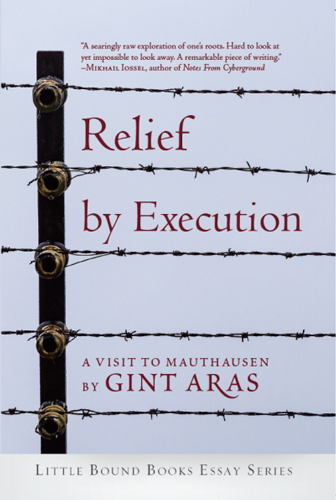 A haunting meditation on the legacy of racism, violence, and abuse,
A haunting meditation on the legacy of racism, violence, and abuse, 
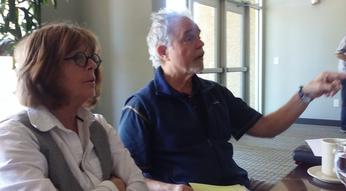 In the Fall 2019 issue of
In the Fall 2019 issue of 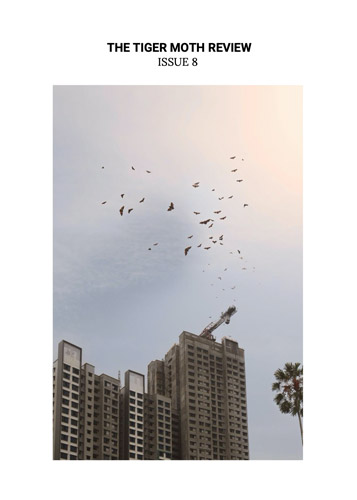 The Tiger Moth Review
The Tiger Moth Review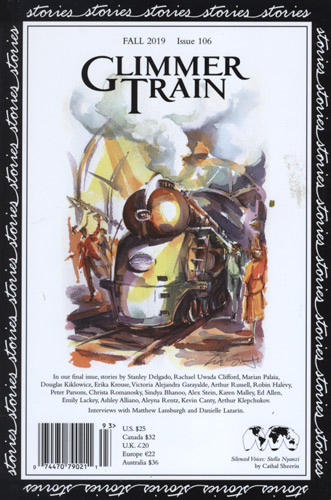 It’s never easy to say good-bye, but readers should still take the time to say their farewells to the fiction monolith
It’s never easy to say good-bye, but readers should still take the time to say their farewells to the fiction monolith 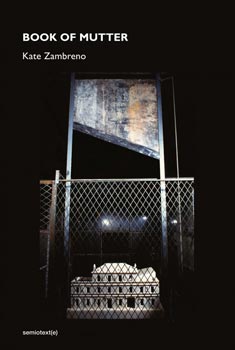 Exploring the complexities and absurdities of grief,
Exploring the complexities and absurdities of grief, 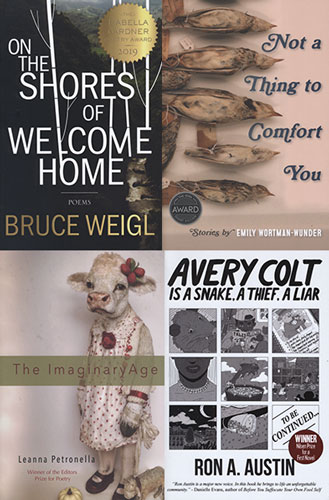 Today we’re bringing you a tall stack of award-winning fiction and poetry books published this past month. Click Read More to find the full list.
Today we’re bringing you a tall stack of award-winning fiction and poetry books published this past month. Click Read More to find the full list.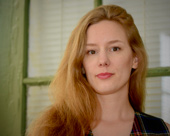 The Fall 2019 issue of Carve Magazine features the winners of the 2019 Raymond Carver Contest, guest-judged by Claire Fuller. These can be found online, as well as in the print issue. An interview with each writer can be found after their stories in the print edition.
The Fall 2019 issue of Carve Magazine features the winners of the 2019 Raymond Carver Contest, guest-judged by Claire Fuller. These can be found online, as well as in the print issue. An interview with each writer can be found after their stories in the print edition.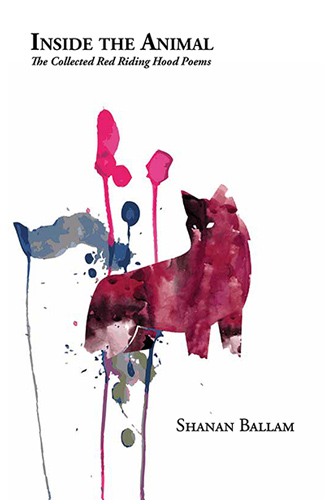 Shanan Ballam’s newest book, Inside the Animal: The Collected Red Riding Hood Papers, published by
Shanan Ballam’s newest book, Inside the Animal: The Collected Red Riding Hood Papers, published by 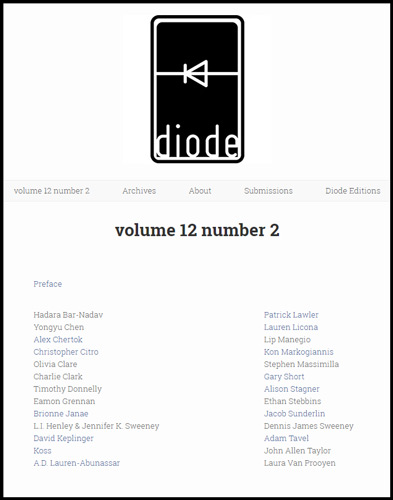 Volume 12 Number 2 of
Volume 12 Number 2 of 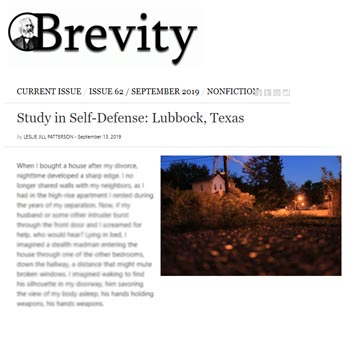 From the introduction to the final sentence, Leslie Jill Patterson’s flash essay,“
From the introduction to the final sentence, Leslie Jill Patterson’s flash essay,“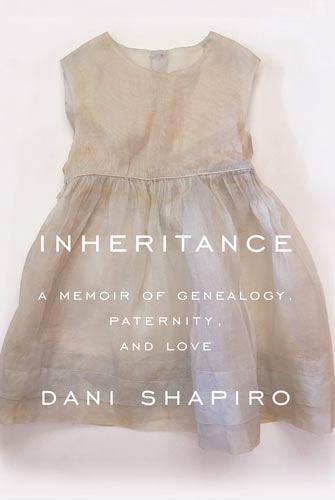 A psychoanalytic spin on the “unthought known” stream of one woman’s stumble upon the narrative of self, reflective of intuitive synchronicity, Inheritance: A Memoir of Genealogy, Paternity, and Love bursts the bubbles of vintage notions of the perfect family, or at least the façade of what the perfect family should have been.
A psychoanalytic spin on the “unthought known” stream of one woman’s stumble upon the narrative of self, reflective of intuitive synchronicity, Inheritance: A Memoir of Genealogy, Paternity, and Love bursts the bubbles of vintage notions of the perfect family, or at least the façade of what the perfect family should have been.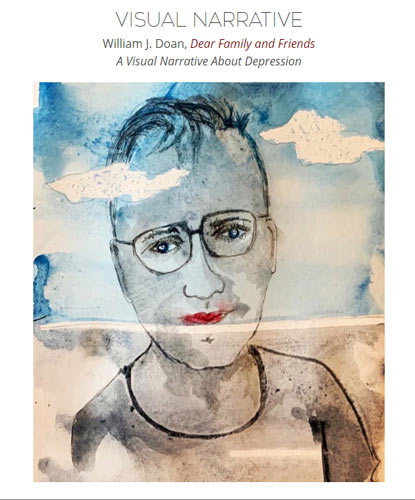 According to William J. Doan’s visual narrative “
According to William J. Doan’s visual narrative “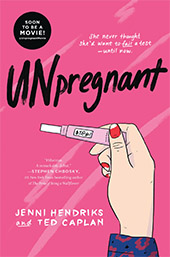 Unpregnant Offers a Radical Normalization of Abortion and Reproductive Health. Currently, we’re in a terrifying moment in history for reproductive health in America, which makes abortion no laughing matter—and that’s exactly why Unpregnant, the debut YA novel by Jenni Hendricks and Ted Caplan, is such a breath of fresh air. Unpregnant tells the tale of an overachieving 17-year-old named Veronica Clarke who discovers that she is pregnant a month before her high-school graduation. Seeing her college education (she’s been accepted to Brown University) and future slipping away, she enlists her former best friend—and current school outcast—Bailey Butler to drive her to an abortion clinic that doesn’t require a parental signature. The only catch? The clinic is more than 900 miles away…
Unpregnant Offers a Radical Normalization of Abortion and Reproductive Health. Currently, we’re in a terrifying moment in history for reproductive health in America, which makes abortion no laughing matter—and that’s exactly why Unpregnant, the debut YA novel by Jenni Hendricks and Ted Caplan, is such a breath of fresh air. Unpregnant tells the tale of an overachieving 17-year-old named Veronica Clarke who discovers that she is pregnant a month before her high-school graduation. Seeing her college education (she’s been accepted to Brown University) and future slipping away, she enlists her former best friend—and current school outcast—Bailey Butler to drive her to an abortion clinic that doesn’t require a parental signature. The only catch? The clinic is more than 900 miles away… 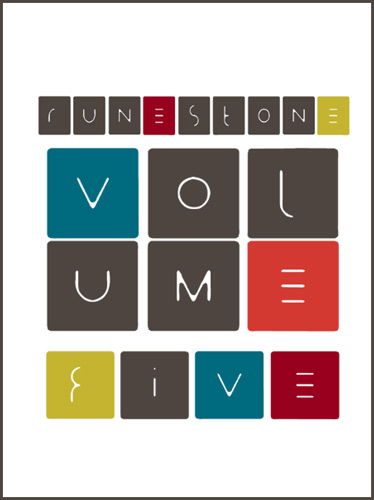 The works in the latest issue of
The works in the latest issue of 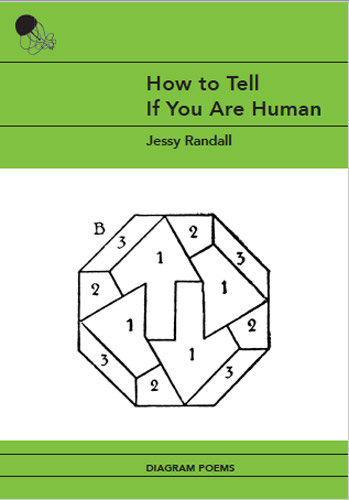 Do you ever find yourself feeling out of sorts, unable to tell if you’re still human?
Do you ever find yourself feeling out of sorts, unable to tell if you’re still human? 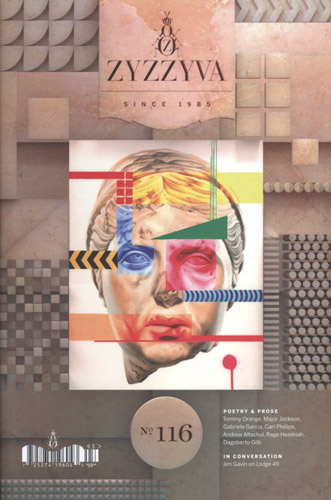 Gabriela Garcia
Gabriela Garcia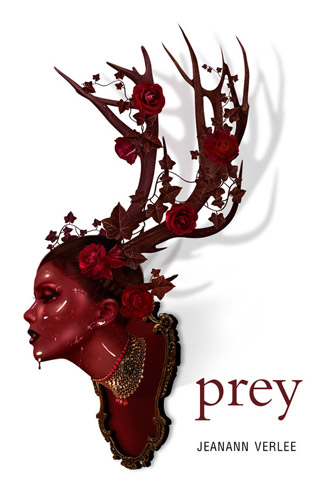 Jeanann Verlee
Jeanann Verlee